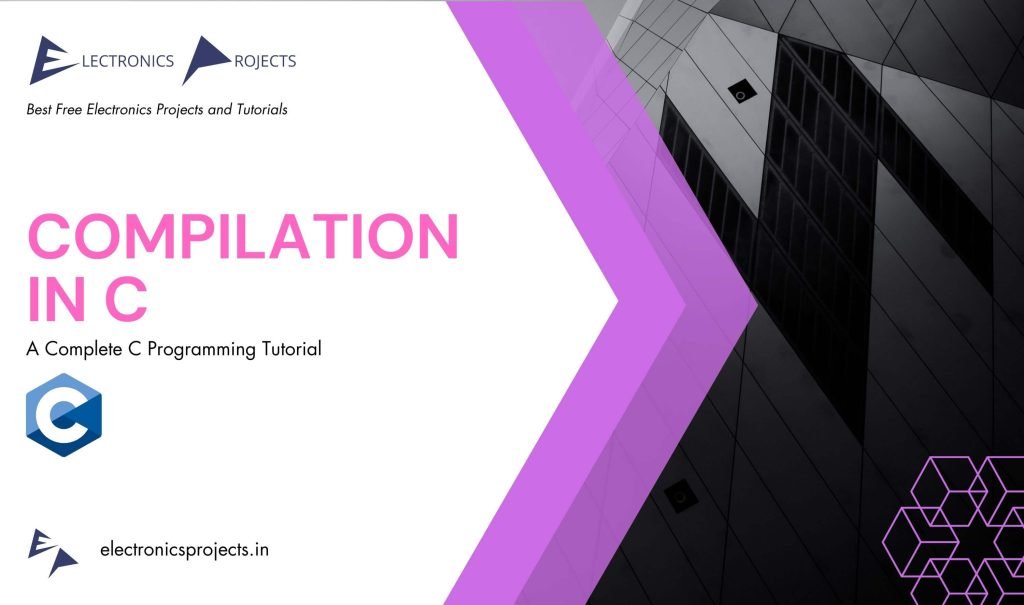
Compilation of C program
C program compilation is the process of translating source code written in the C programming language into machine code that can be executed by a computer. The process of compilation involves several steps that take the source code through a series of transformations that ultimately result in an executable binary file that can be run on the computer.
Process of compilation in C:
The process of compiling a C program typically involves the following steps:
- Preprocessing: In this step, the preprocessor reads the source code and performs several operations such as removing comments, including header files, and expanding macros. The output of this step is the preprocessed source code.
- Compilation: In this step, the compiler reads the preprocessed source code and generates assembly code. Assembly code is a low-level representation of the program that is specific to the computer’s architecture.
- Assembly: In this step, the assembler reads the assembly code and generates machine code. Machine code is a binary representation of the program that can be executed by the computer.
- Linking: In this step, the linker combines the machine code generated in the previous step with other object files and libraries to create an executable binary file. The linker resolves external references and ensures that all symbols are defined.
The process of compiling a C program can be initiated by running a compiler such as GCC or Clang from the command line. The compiler takes the source code file as input and generates an object file that contains the compiled code. The object file is then linked with other object files and libraries to create an executable binary file.
The compilation process can be customized using command line options to control the behavior of the preprocessor, compiler, assembler, and linker. For example, options can be used to specify the target architecture, optimization level, and debugging information.
